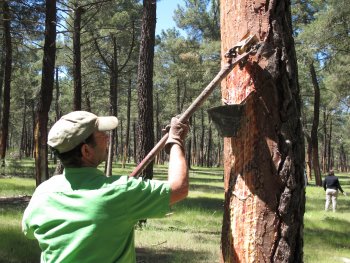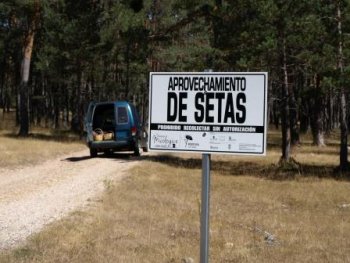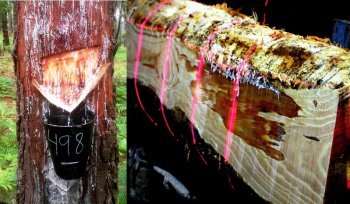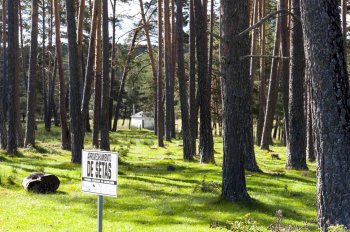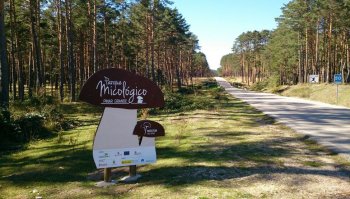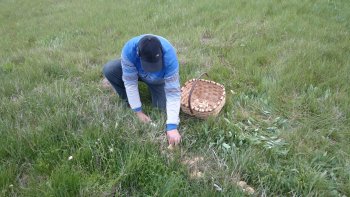Resin: A conservation tool for our pine forests
Submitted by Javier Calvo on 2 October 2019Describe the key elements constituting the natural resin sector in a historical resinous region, underlining the social, environmental and economic importance of resin harvesting, and its potential as an instrument of local development and environmental conservation.

